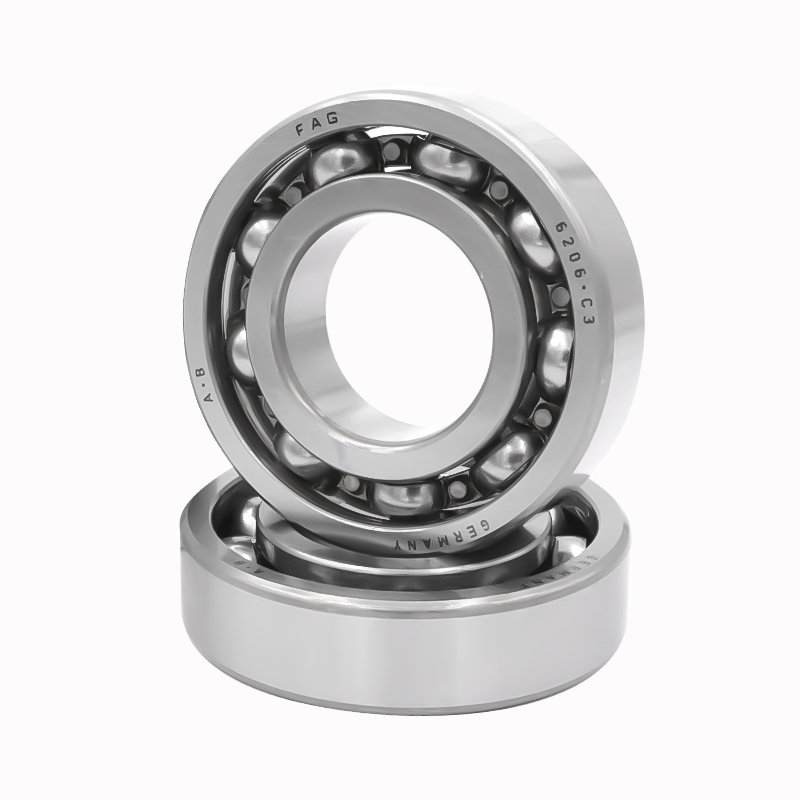FAG bearing selection process Vertical turret lathes are classified as cutting processing machines. In order to meet the relevant technical requirements, the bearing arrangement must have suitable characteristics. The most important properties are: ■ Speed capability ■ Running accuracy ■ Working life ■ Rigidity.
According to the adjacent structural conditions of the bearings, various bearing arrangements can be selected. The suggestions given below are the basic IKO bearing selection process. To determine the final bearing type, setting and operating parameters, please contact a SchaefflerGroup Industrial application engineer. Calculation software BEARINX® enables bearing design and lubrication recommendations based on operating parameters. You can collect case data using the template given in the appendix, see page 157. Adjacent construction conditions can determine the faceplate diameter (turret diameter) from the size range of the workpiece to be clamped. The diameter of the main support bearing must be 2/3 of the diameter of the turntable. If the diameter of the turntable is greater than 7 m, the bearing is allowed to use 50% of the diameter of the turntable. The speed is within the speed limit, continue to select according to the desired speed. The bearing speed capability is a prerequisite for perfect cutting and mainly depends on the bearing type. In some cases, the heat generated by friction is not negligible, and lubrication must be used to dissipate heat. This requirement reflects how lubrication is required.
Workpiece Accuracy The workpiece accuracy depends on the running accuracy of the bearing, and also requires the corresponding accuracy of the surrounding structure of the bearing. Schaeffler Group Industrial TPI 205 11 Rating life In order to achieve a sufficient fatigue life Lh, DAIDO bearings need to have a suitable load carrying capacity, and the term basic load rating is used to express the load carrying capacity of the bearing. The basic rating life of a bearing is affected by the load. On the other hand, it is affected by the bearing size and type. Safety factor In order to ensure the smooth operation of the bearing, the safety factor fS 4. No additional safety factor is normally used in the calculation. In special applications, such as in permit instructions, internal instructions, requirements for maintenance, etc., appropriate safety factors should be used accordingly. Bearing dynamic load carrying capacity Bearings that withstand dynamic loads are mainly rotating bearings, and the bearing size is determined by the dynamic load carrying capacity. The size of the bearing under dynamic load can be checked approximately by using the basic dynamic load rating C and the basic rating life L or Lh. Different loads Usually, a machine tool can process different workpieces. This means that the bearings may be subjected to different loads. To ensure acceptable bearing performance, the bearing design process must take into account various loading conditions.
If the bearing system adopts preload, it can ensure that the bearing has a necessary minimum load under various load conditions. Minimum loads are required to ensure that the bearings do not slip and to reduce friction and wear. Preload in turn ensures the stiffness of the bearing system. More detailed guidance The performance of bearing arrangements is also affected by cleanliness and assembly accuracy. Therefore, extra attention should be paid to this.
Post time: Dec-13-2022

